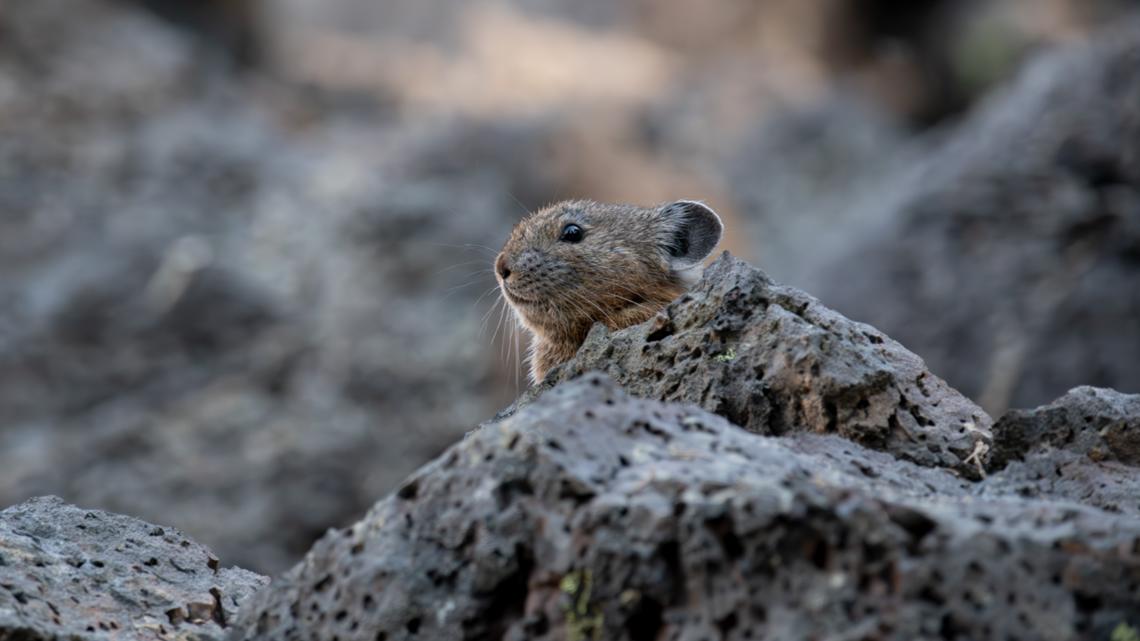A unique group of these adorable critters living just 30 minutes from Portland was threatened by a fire some years back, but they’re making a huge comeback.
PORTLAND, Ore. — If you’re ever hiking out between Angel’s Rest and Viento State Park near the Columbia River and happen to hear a squeaky toy, you’ve probably just heard one of Oregon’s most adorable little critters: the American pika.
These potato-sized mammals, best known for their cute looks and distinctive calls, are close relatives of rabbits and hares — not rodents (or Pokémon). While pikas usually live on isolated mountain slopes, there’s actually a sizeable population in the Columbia River Gorge just 30 minutes away from Portland.
Pikas are considered a “species of conservation concern” in Oregon. They’re not federally listed as endangered, but they’re still sensitive to climate change and other environmental pressures.
This year, the Oregon Zoo’s Cascades Pika Watch came back with good news; pika populations are making a big comeback in the Gorge!
The project was started in 2017 after the Eagle Creek Fire seriously damaged the animals’ natural habitat. Since then, they’ve been making a steady comeback, and are breaking records every year!
“This year we found pikas at 82% of sites surveyed, which is close to the pre-fire population numbers,” said Dr. Johanna Varner, scientific adviser for the Cascades Pika Watch program. “This is great news for the Gorge pika population.”
Data from the Cascades Pika Watch helps researchers track how many pikas are living in this uniquely low-altitude group, where they live, and whether or not their range is shifting.
The program itself also grew. Just shy of 290 trained volunteers took part this year, according to a press release from the Oregon Zoo. The zoo partnered with the High Desert Museum and Discover Your Forest to extend the survey down into Central Oregon.
In total these citizen scientists submitted 683 surveys from 109 locations throughout the Gorge and Central Oregon, according to the zoo.
“We’re excited to begin the process of monitoring pikas in Central Oregon,” said Jon Nelson, who oversees citizen science programming at the High Desert Museum. “Pikas may be small, but they can tell us a lot about the larger ecosystems where they live.”
Although the monitoring period has closed for 2025, aspiring volunteers can learn more for next year at oregonzoo.org/pika.
